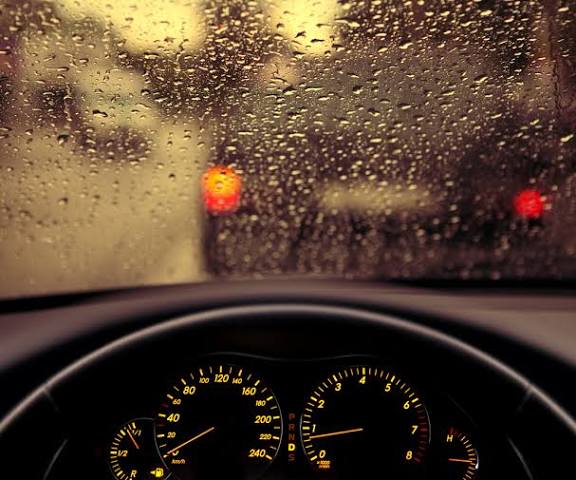
Driving during heavy rain or through flooded areas presents significant hazards, but with the right precautions, you can greatly increase your safety. The core principle is simple: slow down and increase your visibility.
Here are essential tips for driving safely in heavy rain and floods:
1. Reduce Speed and Increase Distance
Wet roads significantly increase stopping distances. Reduce your speed well below the limit to give yourself more time to react. Instead of the usual 3-second rule, increase your space to 5 or 6 seconds to safely brake without skidding. When possible, drive in the tire tracks left by the vehicle ahead of you, as the water in those areas is often shallower.
2. Maximize Visibility
Use Dipped Headlights (Low Beam): The law in many places requires you to use your headlights when visibility is seriously reduced. Dipped headlights help you see and, more importantly, make your vehicle visible to others. Never use high beams, as the light will reflect off the rain and glare back at you. Use Air Conditioning: Turn on your A/C or use the defroster to prevent your windows from fogging up.
Ensure your wiper blades are in good condition and your tires have adequate tread depth. Worn tires are far more likely to lose grip (hydroplane).
3. Handling Hydroplaning
Hydroplaning occurs when your tires lose contact with the road surface due to a layer of water, causing your steering to suddenly feel light.
- Stay Calm: Do not panic or make sudden movement
- Ease Off the Gas: Gently lift your foot from the accelerator. Do not slam on the brakes.
- Steer Straight: Hold the steering wheel steady and straight until your tires regain traction with the road.
